The advancements of generative AI have provided us with a lot of powerful tools, especially when it comes to making our lives easier. One of the very interesting use cases that has arisen from generative AI tools like ChatGPT is its ability to create a meal plan for people.
This article is going to explore this topic in detail, how to use it, and whether or not you actually should.
Jump to a Topic
How to Use ChatGPT to Create a Meal Plan
ChatGPT is a statistical prediction engine. As such, it is held to the principle that all statistical models or prediction engines are: garbage in, garbage out.
This means that the outputs or answers you will get from ChatGPT are only as good as the inputs that you give it. The quality of the meal plans it gives you will depend largely on how specific you are and how much feedback you provide.
For example, you can tell ChatGPT to create a meal plan using very vague concepts such as: low-calorie, healthy foods, weight loss plan, or diet foods. This prompt might look like, “Please make me a weight loss meal plan”. A prompt this vague will give you a wide range of results that may or may not work for you. For example, asking it to provide a generic weight loss meal plan provided the following response:
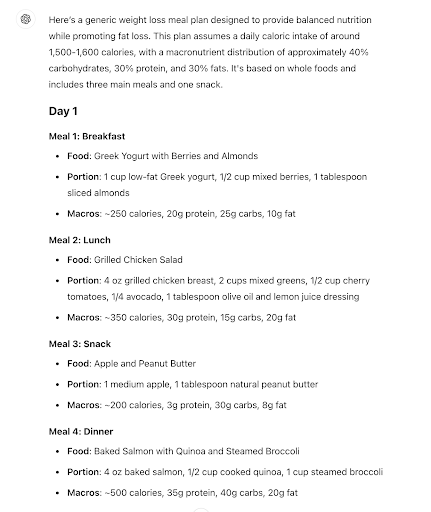
Conversely, you can tell it to create a meal plan using very specific concepts such as specific calorie requirements, food requirements, meal requirements, and nutrient requirements. This prompt might look something like,
“Create a meal plan for me that is based mostly on whole foods, relies heavily on lean protein, vegetables, fruits, whole grains, and some dairy as well as nuts and seeds. Please have it create 4 meals that spread the protein evenly across the four meals. Each day should consist of a minimum of 165 grams of protein, roughly 275 grams of carbohydrates, and roughly 85 grams of fat. Create at least 6 days like this and put it into table format”
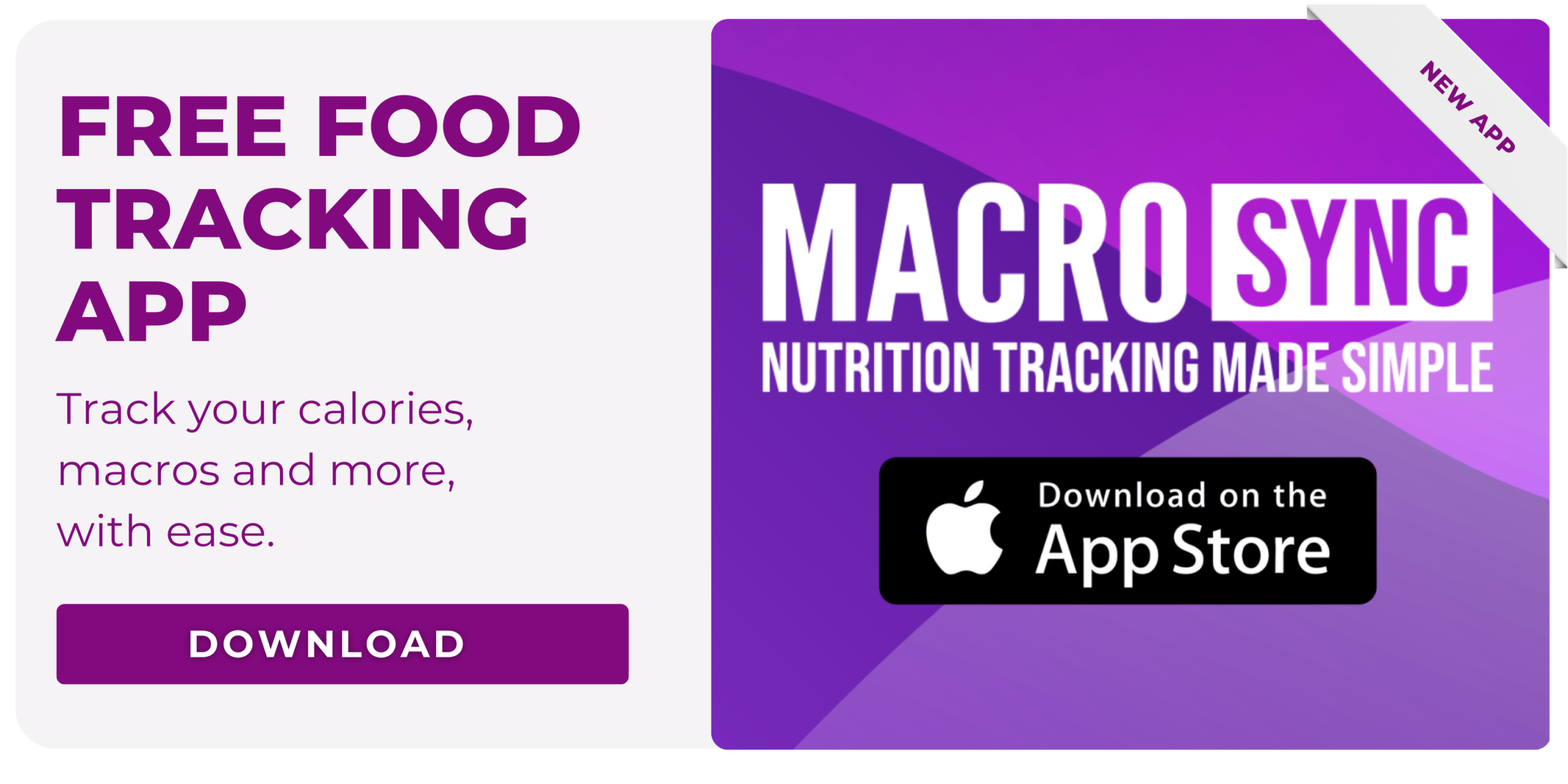
The output of a prompt like this is much more useful and can actually help provide a rough outline of what a true week of eating or a meal plan might look like.
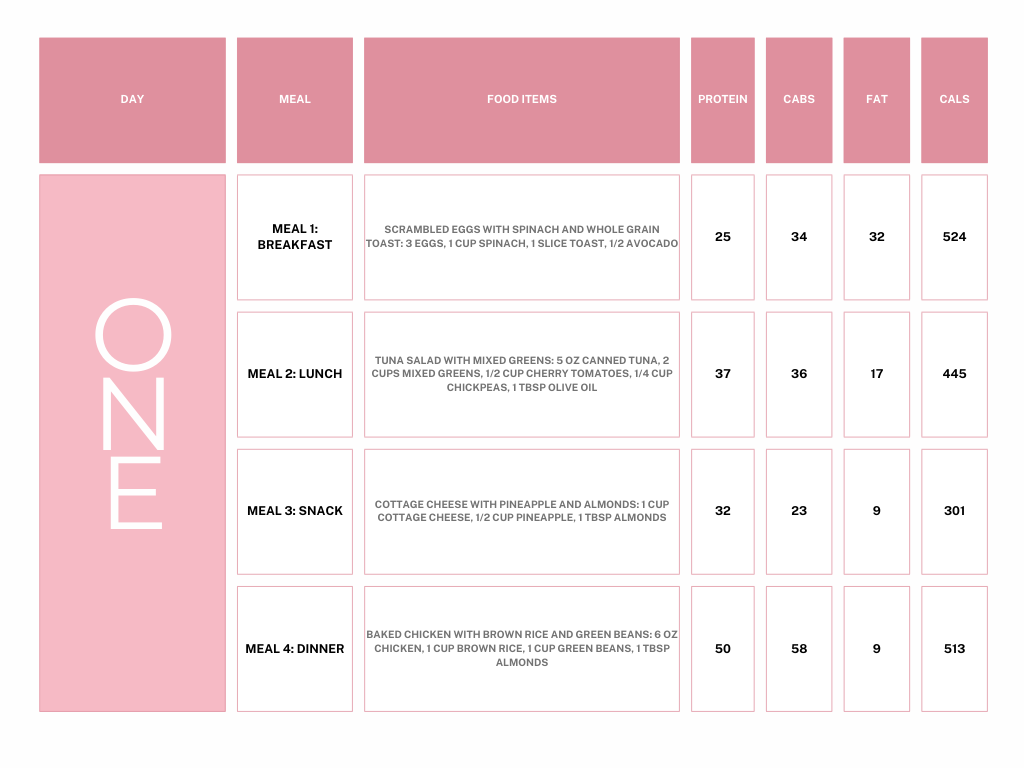
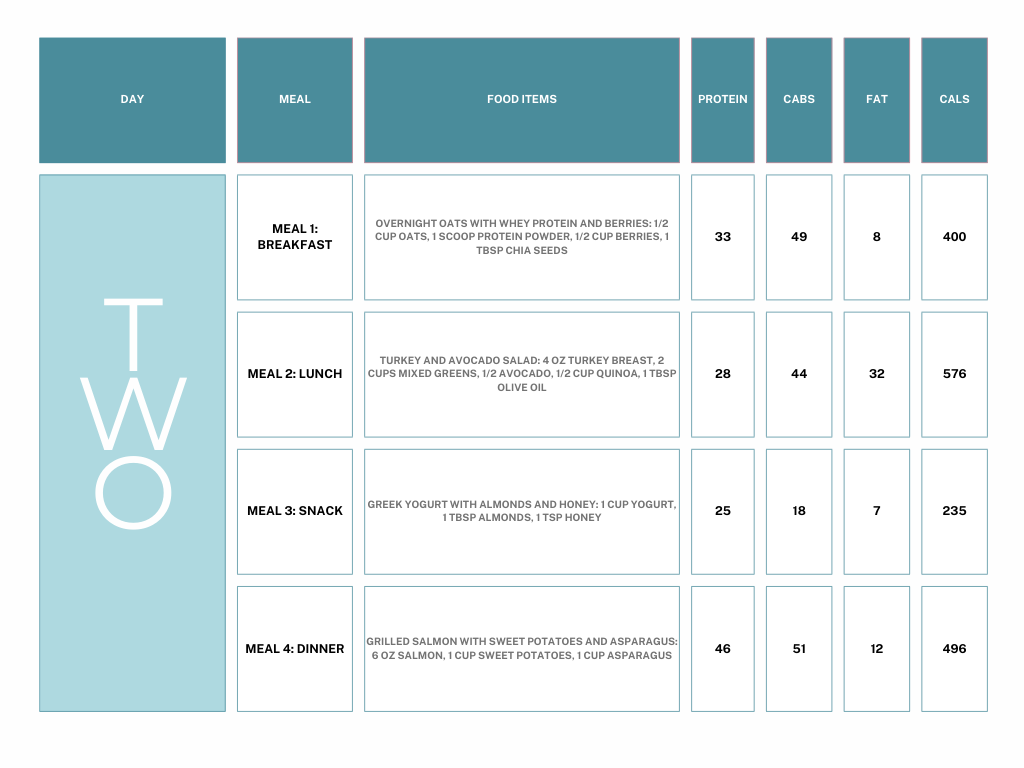
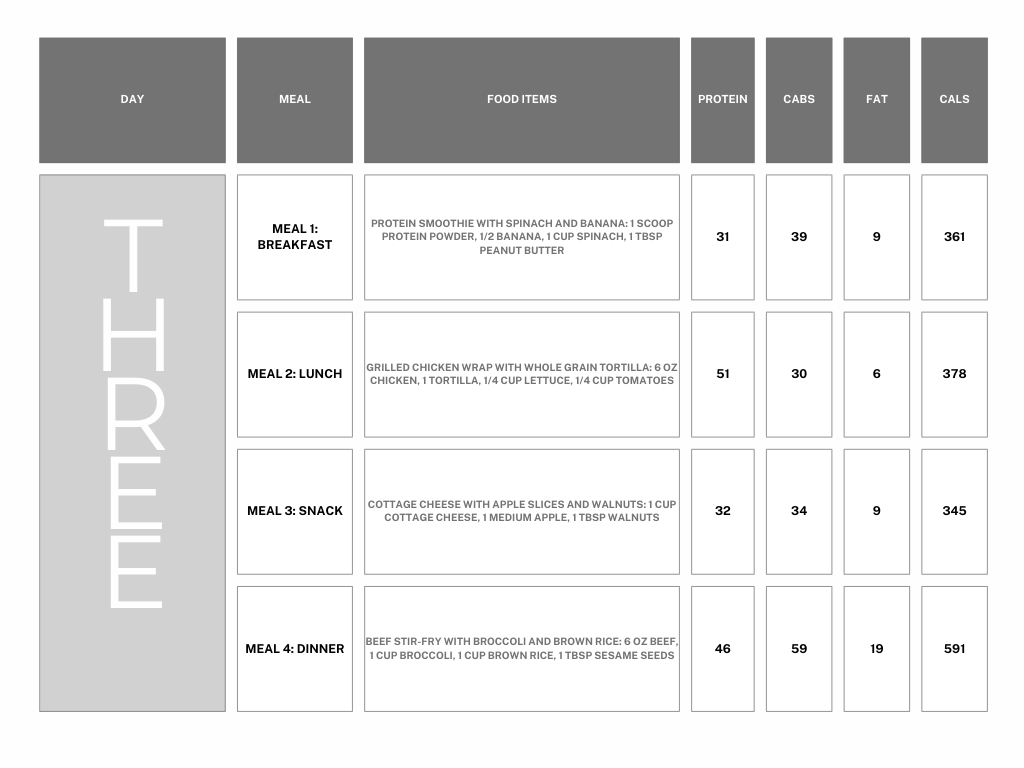
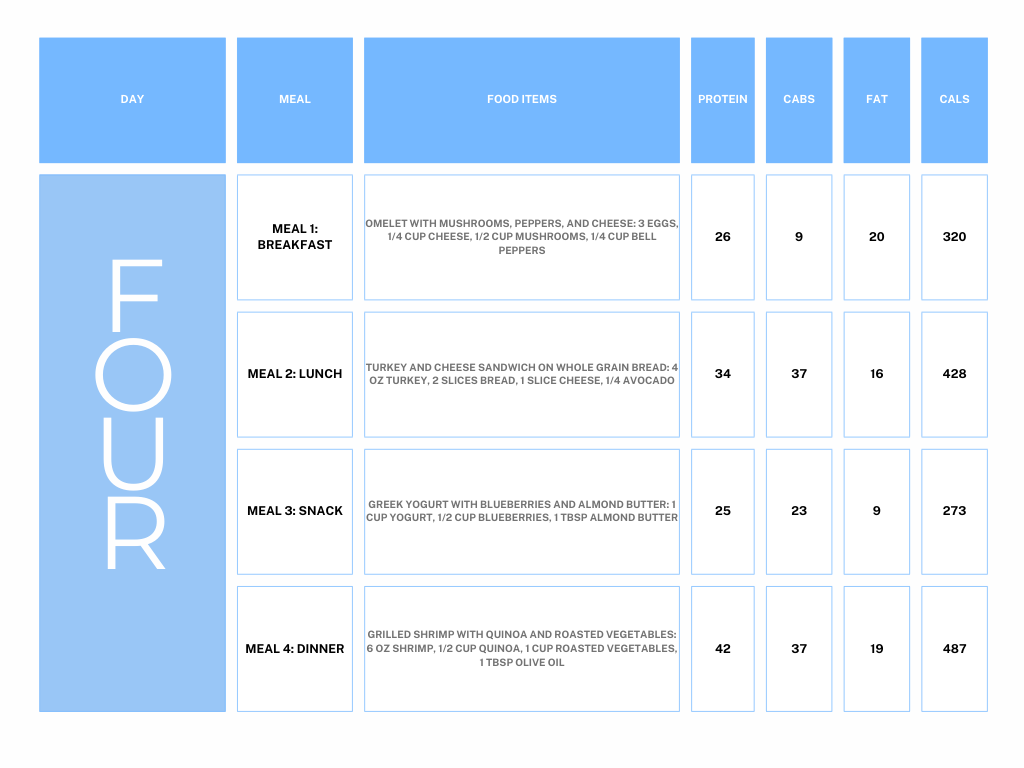
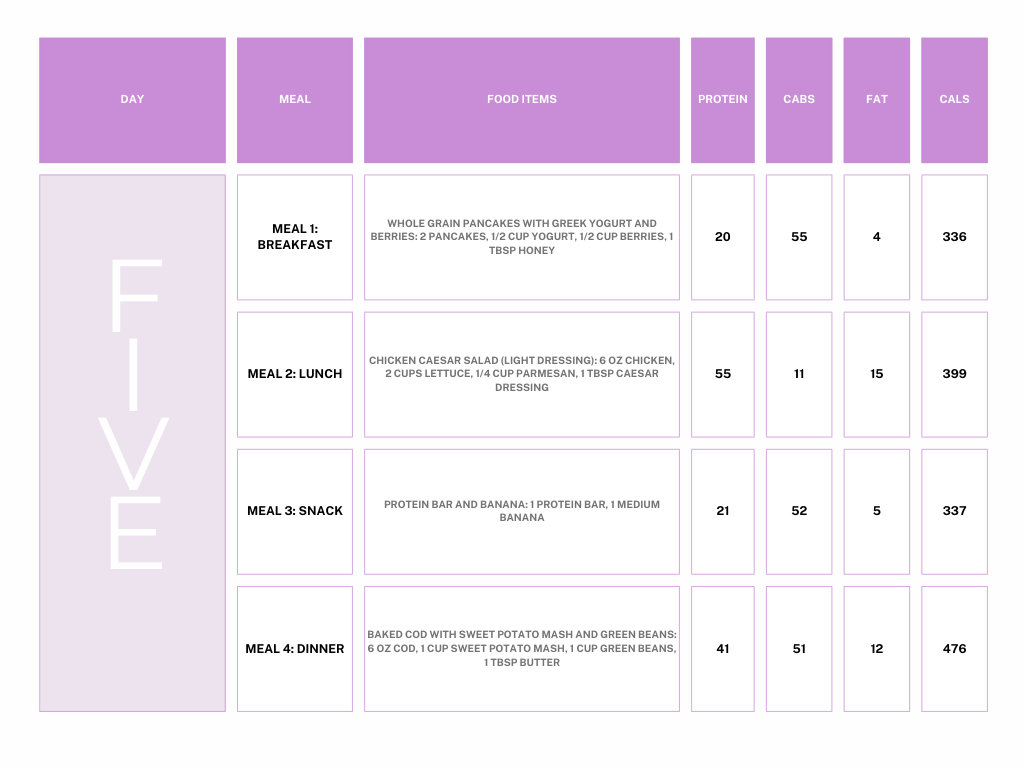
You can even use it to help you generate a shopping list from this meal plan. For example, if you prompt it, “Create a grocery shopping list from that meal plan and organize it by food category, put it into table format, and include the estimated cost of the shopping trip” it will generate a shopping list for you, including total amounts of each food, and the total cost.
Here is an example of the output when utilizing a prompt like this.
Things to Consider When Using ChatGPT to Make Meal Plans
It is important to remember that any generative AI, including ChatGPT, is a prediction algorithm. It is not “intelligent” and it makes A LOT of assumptions. It is incredibly important to verify all of the nutrition information it gives you as it is not always super reliable.
For example, one of the meals in the generated meal plan was, “Grilled Salmon with Sweet Potatoes and Asparagus: 6 oz salmon, 1 cup sweet potatoes, 1 cup asparagus”. ChatGPT told us this meal had 46 grams of protein, 51 grams of carbohydrates, and 12 grams of fat. This likely underestimates the fat content quite substantially. For example, a verified nutrition database Nutritionix lists 6 oz of cooked salmon as having ~21 grams of fat by itself. This does not include any fat used to cook the salmon or the potatoes or asparagus. Errors like this can be quite common and it is critically important to verify the data using verified food database entries.
If you expand those errors from a single meal across an entire week, your meal plan may actually be WAY off from what it is supposed to be. This could easily add up to a few hundred calories or a few thousand calories a week off of your targets.
The other very important aspect to consider is the fact that ChatGPT cannot consider the context and nuance of an individual. It also may not fully understand how to account for personalized medical conditions, preferences, or other individualized aspects. Since it is fundamentally a prediction algorithm it is not necessarily intelligent or logical in solving your problems and it may provide strange results or solutions to questions if it cannot easily “predict” an answer.
Lastly, a large part of becoming proficient in nutrition is developing problem solving and critical thinking skills around developing your own meal plans. Relying entirely on AI to create meals for you may work in some circumstances but may not provide you the opportunity to develop the skills you need to troubleshoot or problem solve nutrition situations that arise in your everyday life.
How Should You Use ChatGPT to Create a Meal Plan?
ChatGPT is a tool. And like all tools they can be used or misused.
If you are considering using it as a tool to help you create a meal plan make sure you use it just as that. A tool.
Use it as a “scaffolding” to help you create ideas for meals, shopping lists, and efficiently plan your week.
Don’t take everything it produces as gospel and double, triple check all the nutrient facts.
Don’t outsource all of your critical thinking and problem solving to it as those are things that it is not designed for, nor should those be outsourced. Remember, your health and fitness journey is about building long-term sustainable habits and developing skills that stick with you for life.
Try our nutrition coaching, for free!
Be the next success story. Over 30,000 have trusted Macros Inc to transform their health.
Simply fill out the form below to start your 14-day risk-free journey. Let's achieve your goals together!

